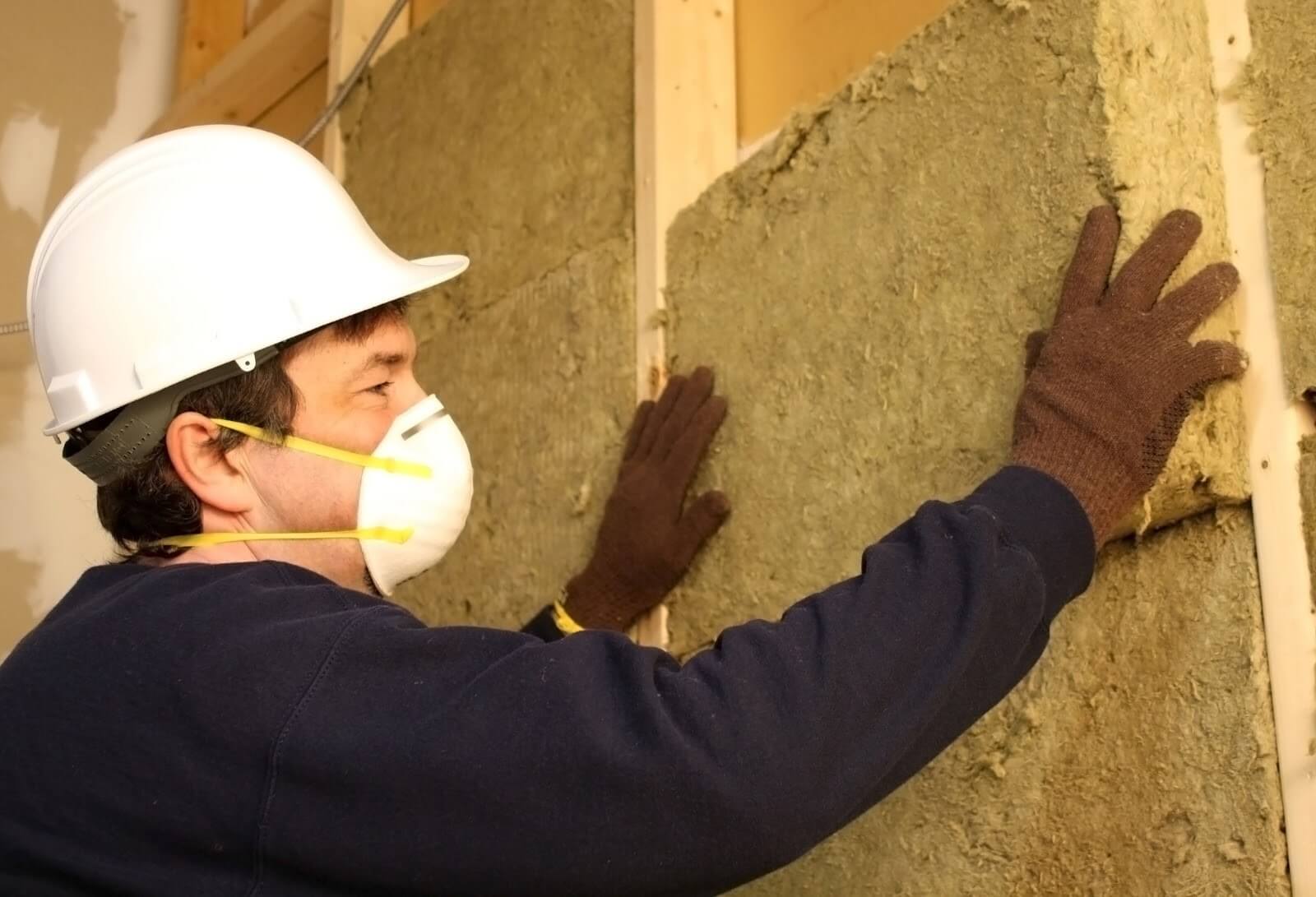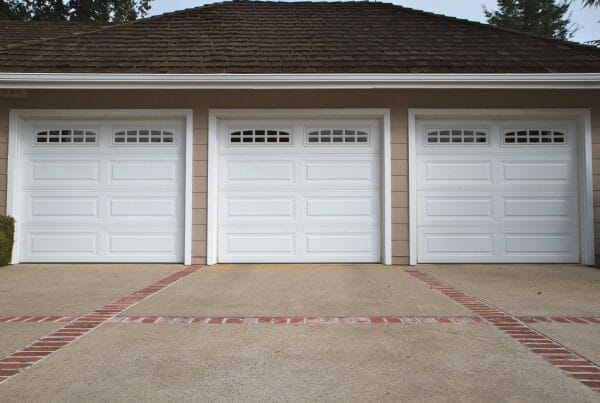Why insulate your garage door?
A well insulated home can mean lower utility bills and less street noise. The best way to insulate your living space – including your garage door – is with specially designed insulation material.

Types of garage door insulation
There are three main types of garage door insulation –
- Foam board insulation – rigid polystyrene panels which provide optimum insulation value with minimal thickness. Panels typically range from ½ inch to 1 inch thick and are backed by either vinyl or aluminium
- Batt insulation – usually made from fibreglass backed by paper or foil, this type of insulation material is usually placed inside exterior walls
- Reflective insulation – rigid rolls or sheets of insulation material backed with highly reflective aluminium coating, the inner material is typically polythene or cardboard. Designed to reflect heat, this is the ideal material to insulate garages in hot climates, plus those that heat up considerably during the summer
Which type of insulation do I need?
The type of garage door your have will determine which insulation material you should use.
- Steel garage doors – compatible with any type of insulation. Either stuff batt insulation into the garage door frame, or insert foam board or reflective insulation into the frame itself
- Wooden garage doors – fit rigid insulation between the door frame. For added insulation, use two panels of foam board insulation
- Flat garage doors – foam board or reflective insulation are the ideal options for this type of garage door. Simply tape or glue the insulation material to the door itself
How to fit garage door insulation
Insulating your garage door is a fairly straightforward task, but you may find it easier using a specialist insulation kit.
They typically contain:
- Insulation material – rolls or boards, depending on the material
- Fasteners or tape
- Gloves
- Knife
Bear in mind that insulating your garage door will increase its total weight. While this will not affect a standard sized garage door, it could affect the mechanism of a larger door, or a double garage door.
If so, you may need the spring tension of your garage door adjusted, which should be done by a professional. Simply get in touch and our team of experts will be happy to assist you.
How do you insulate a garage floor?
Once you have insulated your garage door, why not add extra warmth by insulating your garage floor?
Before you begin, ensure you have everything you need to hand:
- Polystyrene board insulation
- 2 inch x 4 inch timber
- Plywood
- Screws
- Duct tape
- Drill
You’re now ready to begin:
- Clear your garage, then sweep the floor clean. Remove any stains, then leave to dry fully
- Measure the length and width of your garage
- Place the 2 x 4 inch timber around the edge of the garage, with the 4 inch side down
- Screw into place using your drill and concrete screws
- Now add the joists, measuring a distance of 2 feet between each joist
- Once the joists are in place, add the insulation
- Tape the boards together using duct tape, then place over the joists until the floor is covered
- Once the insulation is in place, you need to cover it with plywood. Starting in one corner, work your way across the garage, screwing the wood into the joists






